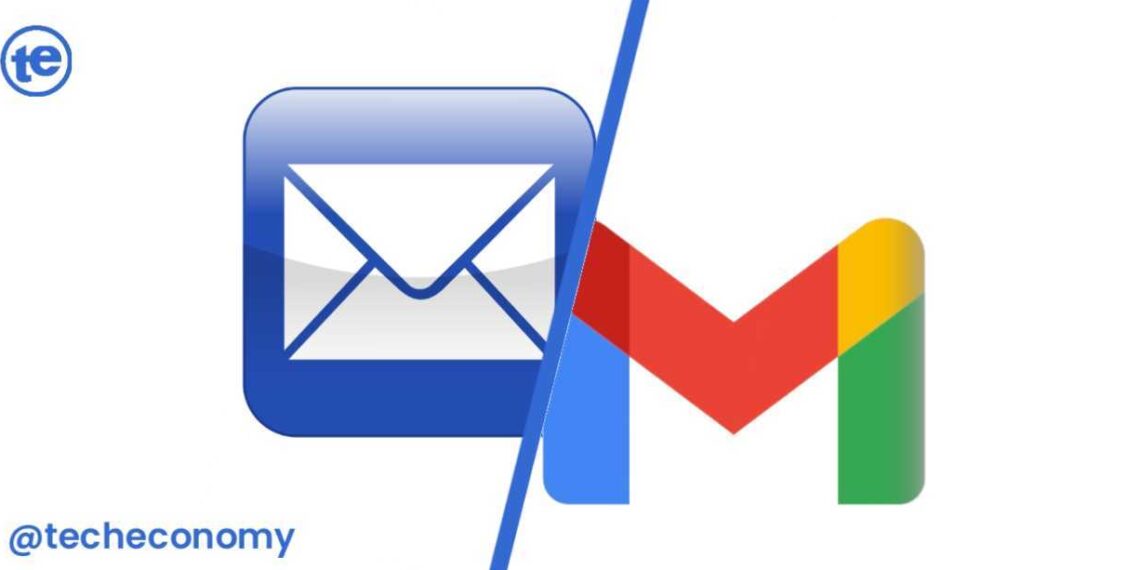Electronic mail, popularly called Email, has long been a staple of digital communication.
Email is the medium that bolstered how we exchange messages, both personally and professionally. However, within the vicinity of email, a significant evolution has taken place with the inception of Gmail.
Let’s see what makes Gmail stand out among other traditional email services.
Gmail: The Modern Email Revolution
- Cloud-Based Service: One of the defining features of Gmail is that it operates entirely in the cloud. This means your emails are stored on Google’s servers rather than your device. Traditional email often relies on local clients like Outlook, where messages are stored on your computer.
- Storage Space: Gmail offers a generous amount of storage space, often in the gigabytes. Traditional email accounts provided by ISPs or employers typically have limited storage capacity.
- Search and Organization: Gmail revolutionized email search with its powerful algorithms. It automatically categorizes and labels emails, making it easier to find what you need. Traditional email requires manual sorting and organization.
- Spam Filtering: Gmail boasts highly effective spam filters that learn from user actions. Traditional email services might not have as robust spam protection.
- Integration: Gmail seamlessly integrates with other Google services like Google Drive and Google Calendar. Traditional email may require third-party applications for such integrations.
- Accessibility: Gmail can be accessed from any device with an internet connection, providing true mobility. Traditional email may require configuring email clients for different devices.
Traditional Email: The Classic Approach
- Local Control: Traditional email services give users more control over their data as emails are stored locally. This can be an advantage for privacy-conscious users.
- No Ads: Unlike Gmail, traditional email services typically don’t analyze your emails to display targeted ads, which can be a privacy preference for some users.
- Independence: Traditional email allows users to set up their own email servers, providing complete autonomy over email management. Gmail relies on Google’s infrastructure.
- Cost: Many traditional email services are offered for free, especially through ISPs. Gmail may come with a free version, but Google Workspace (formerly G Suite) offers advanced features at a cost.
- Client Diversity: Traditional email supports a wide range of email clients, allowing users to choose the one that suits their preferences.
The choice between Gmail and traditional email largely depends on your specific needs and preferences. Gmail excels in terms of convenience, storage, search, and integration. It’s an excellent choice for users who value mobility and advanced features.
On the other hand, traditional email services offer greater control, privacy, and independence. They are well-suited for users who prefer managing their email infrastructure or require a more straightforward communication method.
In the end, both options have their merits, and the decision ultimately boils down to what aligns best with your communication and privacy requirements. Whether you’re embracing the modern convenience of Gmail or cherishing the classic control of traditional email, the goal remains the same: efficient and effective communication.






